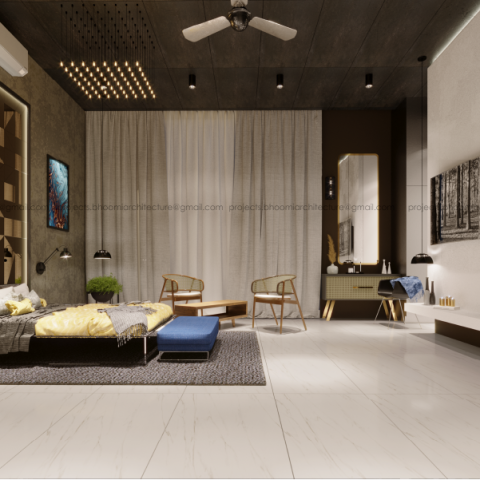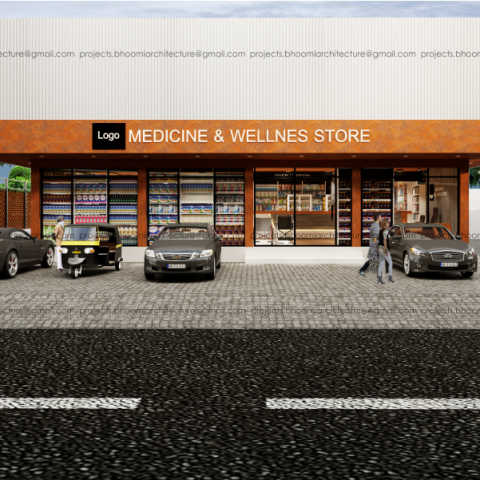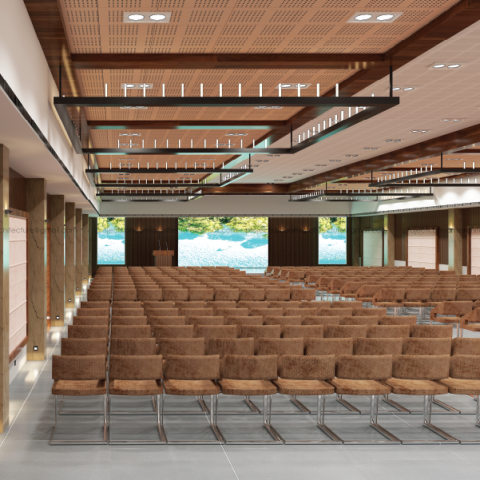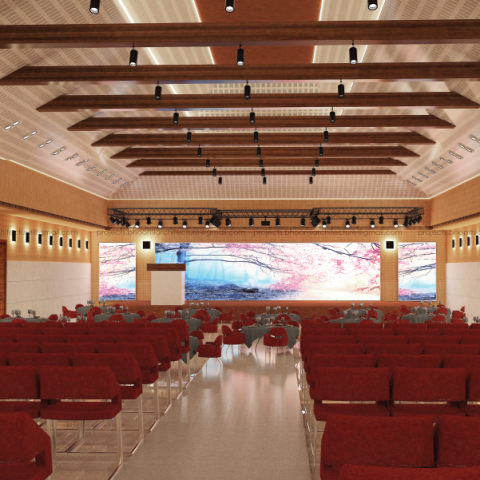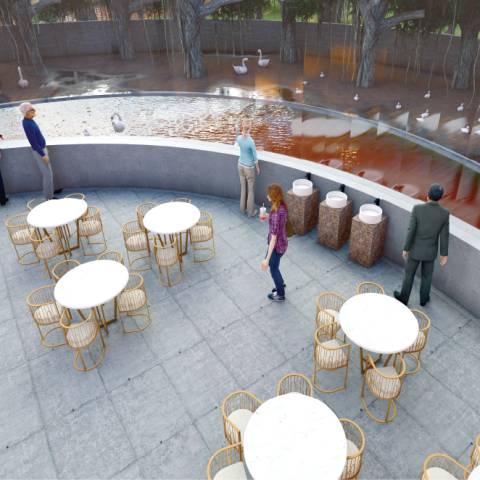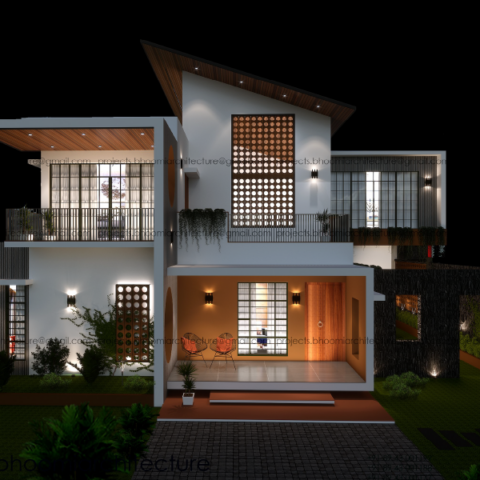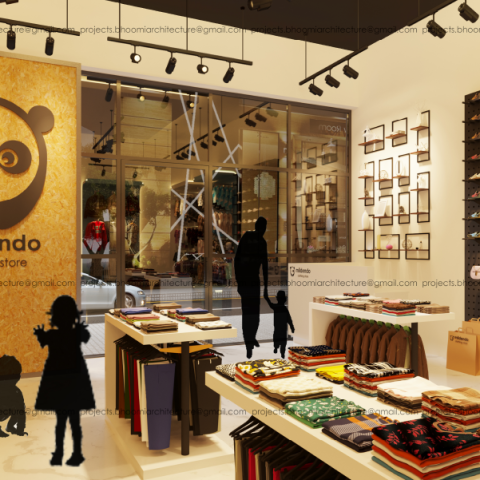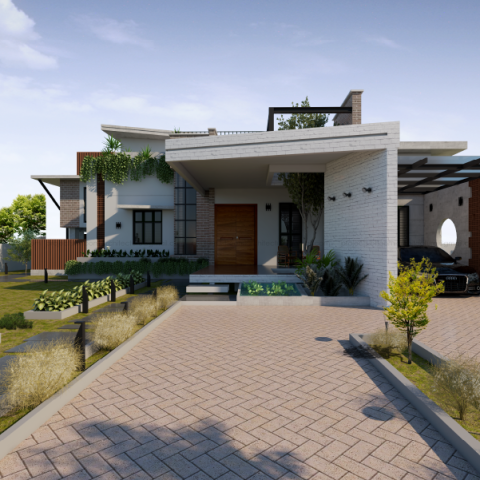Planning
A Master plan is a dynamic long-term planning document that provides a conceptual
layout to guide future growth and development. It is the creation of a framework
in which the whole project proceeds. A project’s planning phase involves
examining the design and style of the building, surrounding infrastructure,
local government requirements, and so on.
Masterplanning is about understanding the sustainable relationship between the
built environment and the communities that live, work and play within that
environment. It is about strategically organising an achievable vision for a
specified area. We must imagine large scale, while remaining realistic about
details. We always work to create a renewed sense of place with a smart and
resourceful design.
Master plan is used to structure land use and development. Its scope can range from
10 year implementation at the regional scale, to an illustrative plan of small scale
groups of buildings. There is no formal process for master planning and every design
team will have their own individual approach. ,
A project’s planning phase may include the following stages:
- Form the preparation stages of the process, where the brief for the master
plan is developed and the baseline analysis is conducted. - Step through the design process, moving from strategic land use arrangements to
a concept design of streets and buildings. - There are three key land use components to consider in the master planning
process as design moves towards more detailed proposals: a) Buildings and built form
b) The street network and Open spaces c) landscape areas.

